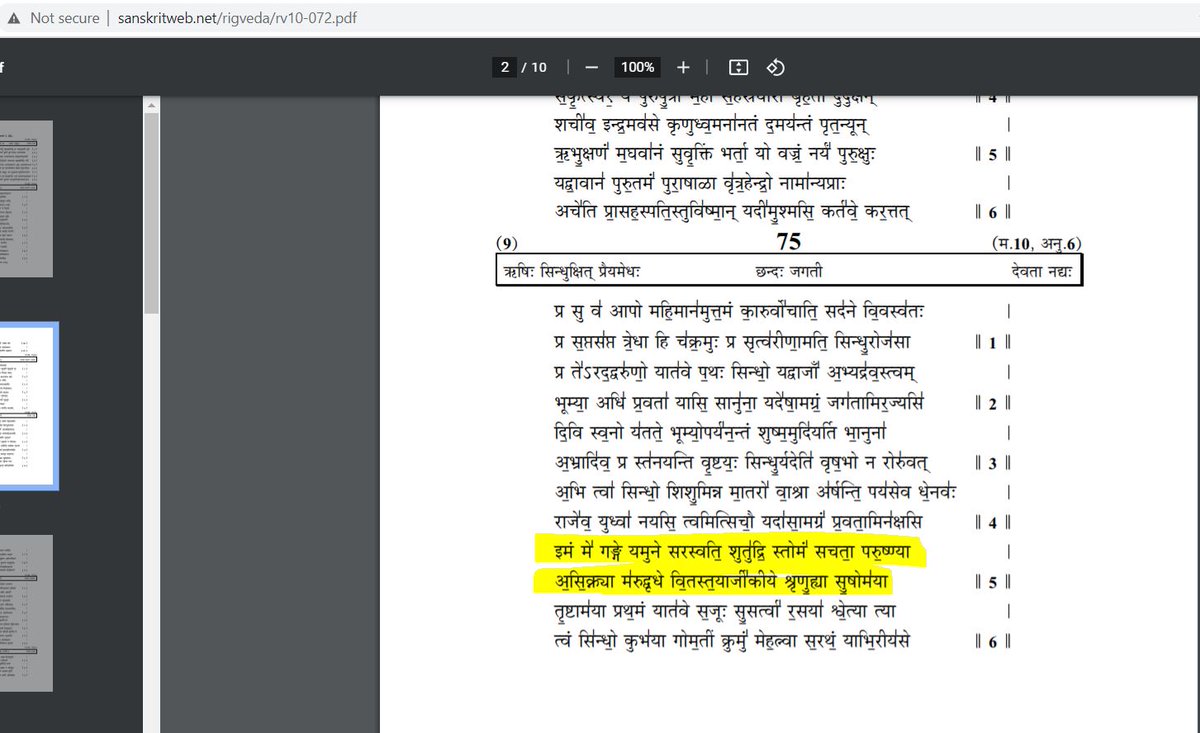
@KannadathiVidya @LeviAckerman119 @Djain87823794 There are many inscriptions where a king boasts destroying another king's capital - as far as I know, instances of destroying temples don't find a mention. Even when the inscriptions say "having burnt the town of xxx " , it is likely to be a literary figurative speak imo. 1/n
@KannadathiVidya @LeviAckerman119 @Djain87823794 I can cite some inscriptions of Chalukyas and Pallavas but will have to look up, to prove the above point. On the other hand , there are indications where the king who won the enemy's capital, actually made grants to the temples there, for further upkeep and improvements 2/n
@KannadathiVidya @LeviAckerman119 @Djain87823794 A famous example is the Chalukya inscriptions at the Rajasimhheshwara temple in Kanchi, after they won over the Pallavas. And why this temple was chosen, out of the many, many temples Kanchipuram had? Perhaps because it carried the name of the king Rajasimha - is my guess 3/n
@KannadathiVidya @LeviAckerman119 @Djain87823794 So after winning against the opponent, what is better than showing superiority in making a grant, getting an inscription installed at the temple carrying the opponent's name? That must have been the logic. 4/n
@KannadathiVidya @LeviAckerman119 @Djain87823794 In this case, Chalukyas went even a step further - They built the main temples at Pattadakallu based on the model/plan of Rajasimha temple in Kanchi. That shows plundering temples of the opponents was NOT a model of Indian kings until those from the West of Sindhu arrived. 5/n
@KannadathiVidya @LeviAckerman119 @Djain87823794 There are cases where the deity of a temple was supposed to have been carried away (in a figurative way to carry away the luck of the opponent). A famous example is the Ganapati from Badami ( Vatapi) which is said to have been taken from there when Pallavas invaded Chalukyas. 6/n
@KannadathiVidya @LeviAckerman119 @Djain87823794 In such cases, the deity was given befitting temple -It isn't clear if the Ganapati at Vatapi is at Tiruvarur or Tiruchengattangudi, because both of them are being called Vatapi Ganapati. It is likely one of them was made as a replica. In either case the deity was venerated. 7/n
@KannadathiVidya @LeviAckerman119 @Djain87823794 I have heard/read the Krishna vigraha in the Krishna temple in Hampi, came from Orissa, in a similar manner - but I am not very certain ( This mUrti is in the museum in Egmore, Madrasa now, if I am right).
Regarding the Marathas attack on Sringeri - I do not know all details 8/n
Regarding the Marathas attack on Sringeri - I do not know all details 8/n
@KannadathiVidya @LeviAckerman119 @Djain87823794 Marathas attacked Sringeri but I don't think they destroyed temples; Vidya Shankara temple is standing there from 14th C. Sharada temple is newer but probably was built replacing the older woodern temple (typical of Malnad).
Equating them with Aurangzeb & co is unfounded 9/9 #END
Equating them with Aurangzeb & co is unfounded 9/9 #END
@KannadathiVidya @LeviAckerman119 @Djain87823794 @pattaprateek @VAdkri Is my statement above correct?
@KannadathiVidya @LeviAckerman119 @Djain87823794 @threadreaderapp unroll please
• • •
Missing some Tweet in this thread? You can try to
force a refresh














